The History, Evolution, and Future of Mobile Gaming
In our previous articles, we’ve established that the gaming industry is steadily, if not exponentially growing. A key reason for this massive boom is mobile gaming. The global market for mobile gaming is estimated to be $94.8 billion for the year 2022 (all the way up from $52.7 billion in 2018) and is projected to reach a revised size of $139.5 billion by 2026, growing at a CAGR of 12.3%. Even in the past few years, mobile games have made up the most significant chunk of revenue when compared to other segments like PCs or even consoles. However, the question arises as to why mobile games have such a huge market and growth rate. One might simply attribute it to mobile devices being an integral part of everyone’s life as people have mobile devices no matter what but that’s just the tip of the iceberg. In this article, we’re going to take a deeper look into the mobile gaming industry and break down its astounding success.
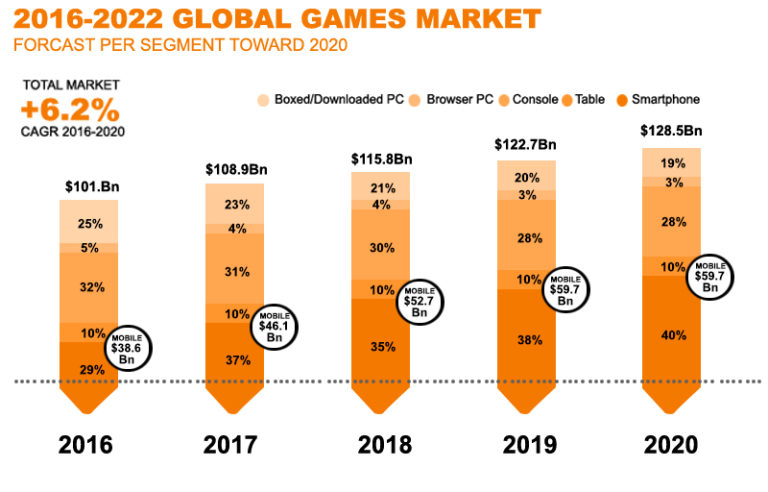
The History of Mobile Gaming
The first ever game released for a mobile phone was Tetris for the Hagenuk MT-2000. However, mobile games didn’t really gain traction until Snake released in 1997 for the Nokia 6610. It’s still a game which gets a great deal of love.

Technology did evolve, and with it, so did games. The Wireless Application Protocol (WAP) is a technology standard developed to enable mobile devices to connect to the internet. While it didn’t really help people to browse the net or play complex games, relatively simple multiplayer board games like tic-tac-toe or Connect 4 were viable and fun. In the 2000s, Alien Fish Exchange was one of the games that caught fire. It was simple to get into: you have an alien fish you can breed. However, with WAP technology, you could trade and sell fish to other players or worst case, the in-game restaurants (ouch!). In 2001 though, mobile gaming had a seminal moment – the extremely popular Arcade game, Space Invaders, was released for mobile phones. Even though it was monochrome, the fun remained the same. Two years down the line, colour mobile phones started becoming widespread. With the improvements in technology, big-time publishers like EA started investing in mobile games. One of the biggest titles to come out in 2004 was Asphalt GT from Gameloft. More racing games were released that year and became one of the biggest genres for mobile gaming.

The next revolution for mobile gaming came in 2007, when Apple released its touchscreen iPhone. With the launch of its AppStore in 2008, there was a platform available for developers to sell their games to their customers without mobile operators or publishers getting a cut. Beyond games, the iPhone and App Store caused most other smartphone manufacturers to abandon their own attempts to build out a more sophisticated smartphone environment, such as BlackBerry and Symbian. BlackBerry had attempted to release its own app store but failed to gain the same success as Apple’s. Only two major competitors remained after the iPhone’s introduction, the Android-based devices (based on the Java language), using the operating system that had been developed by Google, and Windows Phone by Microsoft. Both took up the same approach as Apple, introducing app stores in Google Play and the Windows Phone Store. Ultimately, Microsoft ceased active development of Windows Phone, leaving iOS and Android as the principal players in the mobile operating system and app store market.
In December 2009, Rovio Entertainment released Angry Birds on the App Store, a physics-based game involving launching cartoonish birds at structures occupied by pigs that have stolen their eggs. The game was cheap, addictive, and extremely fun, and when Rovio ported the game over to Android, they released a free version with ads, though users could pay to remove those. Thus, they monetised their game on multiple fronts.
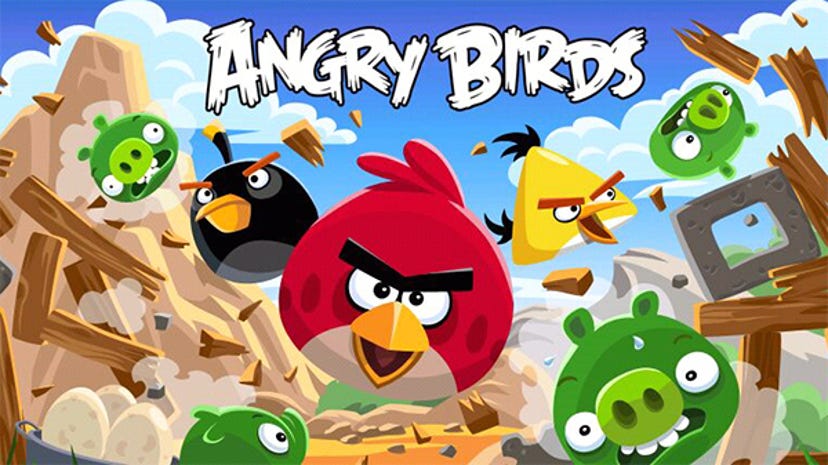
The rise of social networks like Facebook saw games like Farmville gaining popularity, with more than 80 million players by February 2010. Up next came King’s release of Candy Crush Saga in October 2012. Both games still integrated with Facebook to ask their friends for extra lives, but the latter also let you purchase extra lives and power-ups in game. By the end of 2013, King had seen over 400 million new players of the game and their revenues had jumped from $62 million in 2011 to $1.88 billion from advertising revenue and in-app purchases.
The next kind of game which gained a huge audience was Clash of Clans. It retained similar in-app purchases as with Candy Crush Saga but also weighed heavily on social engagement similar to MMOs. By September 2014, the app was earning $5.15 million per day, and many users had reported playing the game for thousands of hours since its launch, attributing it to the multiplayer aspect of the game. Hyper-casual games like Flappy Bird and Crossy Road were also popular during this time.
In 2016 though, a new technology came to mobile phones and changed gaming yet again: AR. Games like Temple Run and Subway Surfers used the rudiments of the technology to add an additional dimension to their game. Niantic then released Ingress, a science-fiction game that uses a mobile device’s GPS to locate and interact with “portals” which are in proximity to the player’s real-world location. The portals often manifest as public art such as statues and monuments, unique architecture, outdoor murals, historic buildings, local community hubs and other displays of human achievement.
However, Pokémon Go was where AR and its geo-location concept really struck gold as Niantic expanded on what Ingress had taught them. The meteoric success that Pokémon Go found is hard to describe. All of a sudden, everyone around you could be spotted with their phone in hand, furiously swiping to catch a Lapras or Dratini in front of them, though only visible on their device. Odds were, you were too busy trying to catch them all yourself to notice what other people were doing (unless of course they were trying to take over your virtual gym.) Pokémon Go had record-breaking numbers of players, with both its initial iOS and Android releases seeing over 100 million players worldwide within a month of release.
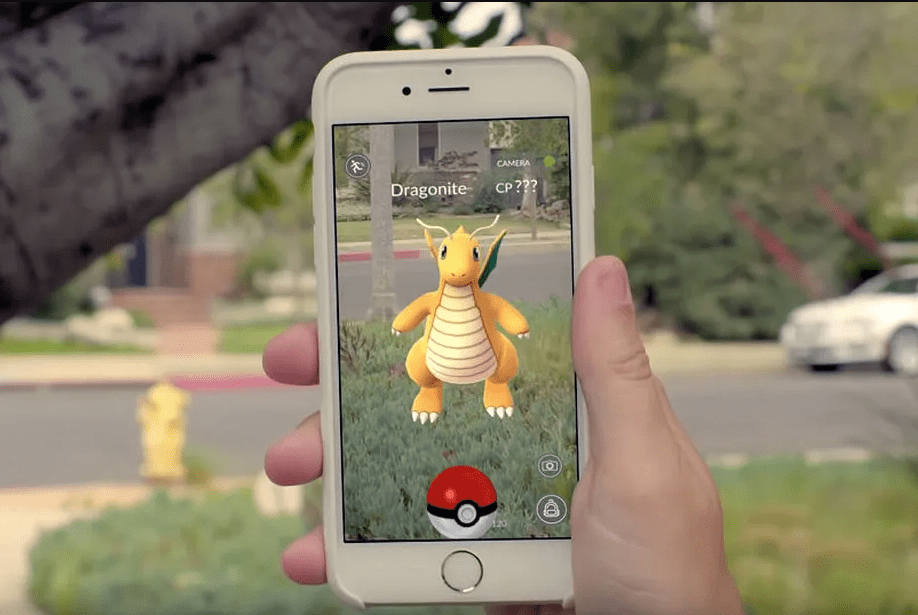
In the last few years, cross-platform play has become a major watch-word for mobile games. When Fortnite launched, it was initially released for consoles and the PC but soon spread across several platforms including mobile devices. As a result of this, a large number of their players were in fact children playing on phones. Games like Genshin Impact also saw a lot of love. Finally, as the pandemic came in, multiplayer mobile games like Among Us had a huge increase in audience numbers as a locked up population turned to gaming as a way to stay in touch with their friends and socialise.

Why are Mobile Games so Popular?
Smartphones are a device almost everyone has, irrespective of age and station. Whether it’s your granddad or your five year old sibling, they can find and download games and immediately start playing, no matter where they are. According to AppAnnie, players downloaded 82.98 billion mobile games in 2021 and 64 percent of people who play mobile games do so on a daily basis. In 2020, gaming apps were also the app categories reporting the longest session lengths per user.
Mobile games are easily accessible to all, extremely convenient to download and play as opposed to setting up a PC or console and their peripherals, and the best part is, you can enjoy them anywhere, anytime. You can download your favourite game from app stores and play it when you are waiting for a taxi or your restaurant order. When it comes to developers and publishers, it is cheaper to make a mobile game and since most mobile games released employ a F2P business model, the barriers to entry are negligible. These days, mobile games are also known for their creativity and console-quality titles. There are already joysticks and controllers specially tailored for mobile phones and in the future, we could very well see titles available for the pc or console playable on mobile.
Of course, once mobile games were proved to be something the public loved, companies had to figure out a way to make money from them without annoying their audience (too much.)
The Evolution of Monetisation in Mobile Games
Before the launch of the App Store in 2008, many mobile phones were able to access limited browser-based games with WAP, and later download new apps that could be purchased from their wireless carrier or a distributor to use on their phone. However, the access to this rudimentary form of internet was extremely limited and game discoverability was hampered by this. Furthermore, there was a wide discrepancies of technologies available in terms of both hardware and software, so games were often limited to certain devices.
With Apple’s AppStore in 2008 though, mobile gaming became widely adopted as a result of games being centralised in one store. Around 80% of games on mobile were paid for in a one-time transaction in 2008, following the same model that consoles did. This however had two major drawbacks – the games were naturally smaller in scope as compared to their console counterparts (as a result of being made for the phone) and the audience for mobile gaming was still rather limited.
The game Tap Tap Revenge, a free game in which players kept up with popular songs by tapping the right spots on the phone screen, was the 2008 most popular free iPhone game of the year. The developers released a premium version of the game for $4.99 and paved the way for freemium games where while the basic version of the game is free, upgrades and addons cost more. In 2009, Apple enabled in-app purchases for free apps, adding a new monetization route for F2P games. 2011’s Temple Run originated as a premium app, retailing at $0.99, but quickly switched to F2P. Temple Run lasted only one month on the market as a paid app before becoming free. App revenue immediately increased 10x once they switched to a freemium model. Less than 6 months later, by January 2012, Temple Run was the #1 top grossing app. Today, only 4% of apps on the Play Store are paid. Temple Run and Angry Birds started off as paid games, but Candy Crush Saga launched in 2012 as a F2P game with IAPs (in-app purchases) from the start. In just a year, it became the highest grossing mobile app, making about $1 million every day worldwide. The game makes a lot of money simply from offering committed players the option to buy boosters that can help them solve difficult levels.
Finally, instead of targeting just those willing to spend in game, developers and publishers decided to hit everyone- with ads. In-app advertising was initially a concern – it might lead to a negative gaming experience if overdone and might also impact IAPs. However, creative ad formats, such as those awarding in-game items for watching or playable ads, were actually received positively. Everyone wins in this situation: Gamers who engage with rewarded ads are up to 6x more likely to eventually opt in for an IAP which benefits game publishers. In-app adverts also work great for marketers because players who see rewarded videos are 23% more likely to buy the products advertised. And for the gamers themselves, well 73% of them said that they’re happy with the ad model of monetising mobile games. In fact, hyper-casual users watch 2x more video ads on average than players in other gaming categories.
While game developers know that there is a huge market for the right games, they still have to figure out how exactly they can profit. There are several revenue models available for mobile games and these are:
- Paid games: This is the simplest revenue model. You pay a one-time fee to download a game. An alternative way of doing this is releasing a free version with ads and a premium version with no ads and more content which you can buy with a one time payment. This is how Angry Birds did it on Android. You can also release the first chapter or part of the game for free and then charge for the rest of the game.
- F2P with in-game transactions: The games themselves are free which lets the users try them out without having to buy them, increasing the user base. Once in-game, players have the option to purchase in-game perks, abilities, upgrades or items which help you progress further ahead in the game. A key example of this would be extra lives in Candy Crush Saga. They also have the choice to avoid this and continue playing the game normally. On average, only about 4% of players make a purchase within a game. The players who make these purchases often repeat them and hence are the primary sources of income for the game.

- F2P with adverts: There are numerous ways for advertisements to appear in games apart from just the full-screen ads or the banners that appear on the screen headers and footers. Increasingly subtle approaches are being taken by brands such as the sports drink brand Gatorade. They gave players a digital boost through energy refills in EA’s Madden NFL Mobile, letting them play longer.
Rewarded ads are currently the leading ad format on mobile. Instead of having an ad forced onto them, players choose to watch a video in exchange for a bonus. Playable ads are also rather popular. Gameloft worked with Indian online retailer Myntra for a playable ad campaign that received an impressive 82% completion rate and 2.1 million impressions in just under two months.
- Subscription models: Games may also have subscriptions that grant the player more items and even on occasion, an edge over normal players. Games with this form of monetization usually track live data and are updated based on it. Periodic sales, offers, and in-game items that are otherwise unobtainable are presented. Fortnite and its battle pass where users have to play to unlock premium cosmetics after buying the pass are another way to increase play-time while also maximising revenue. Game pass subscriptions are also well-loved, since they give a lot of games and additional content for a one-time fee.
Popular Categories in Mobile Gaming
Games have always been the most popular category in the Apple and Google app stores, no matter which metric you consider – the number of active apps, number of downloads, time spent, or revenue generated. Games represent 10% of the time spent on apps. On average, there are 8 games installed per mobile device in the US. Globally, smartphone users play an average of 2 to 5 games per month.
Hyper-casual games are the most played by far, with a staggering 30% of all-app downloads. This could be attributed to the ease of learning the game and the fact that these games are usually free. Next up are puzzle and arcade games, both of which are highly engrossing and possibly addictive. The graph below shows the exact breakdown of different game genres and their global downloads.
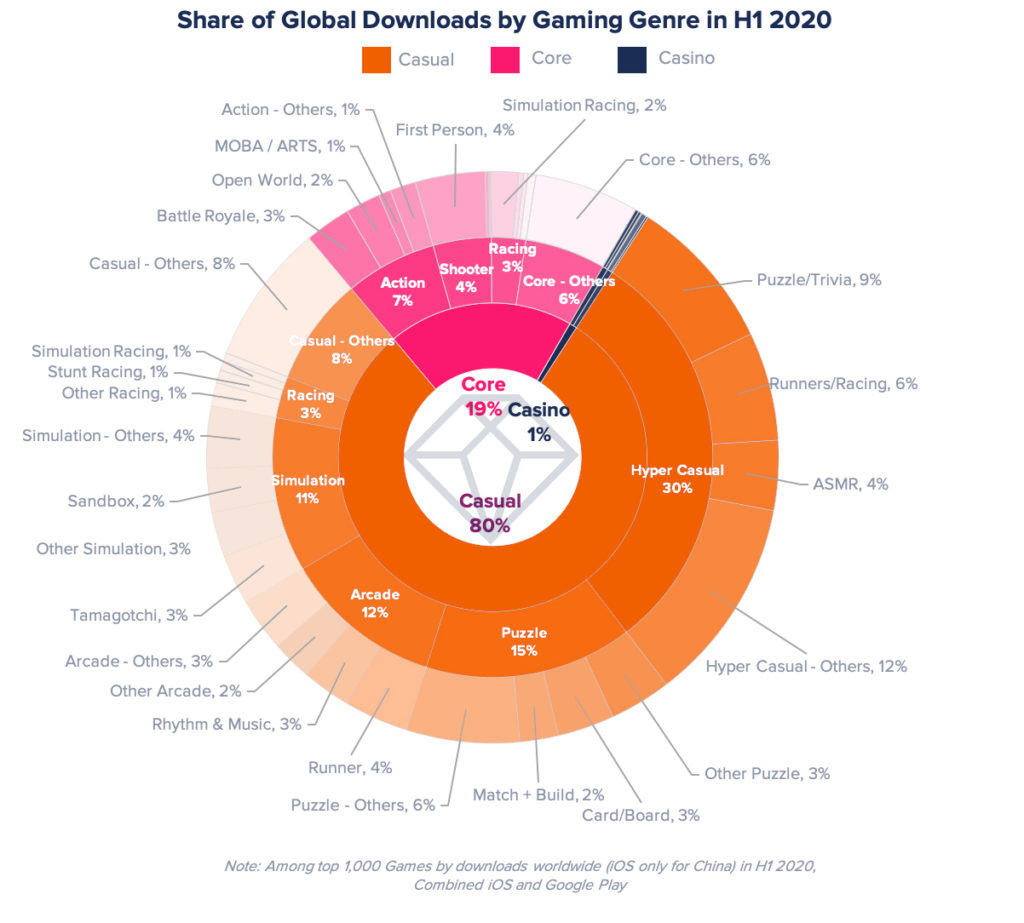
Mobile Gaming - The New Social Network
While mobile games have been popular during the last decade, the 2020 pandemic gave the industry a huge spurt. According to a report, ‘63% of respondents reported an increase in gameplay time, more so in countries hard hit by COVID-19 — with an estimated 75% of the net rise in mobile gaming activity to remain after the “new normal” is established in the next two years.’
In China, which had a national lockdown much earlier than other countries, downloads of mobile games peaked at 284.3 million in February 2020. The same trend could also be seen in other regions as they entered lockdown. Since then, social mobile games have offered users worldwide a way to stay entertained and connected throughout the global pandemic. Games like Among Us in particular saw a huge increase in popularity and this could be because of how team-mates in game have to work together to complete tasks while trying to hunt out the imposters out to get them.
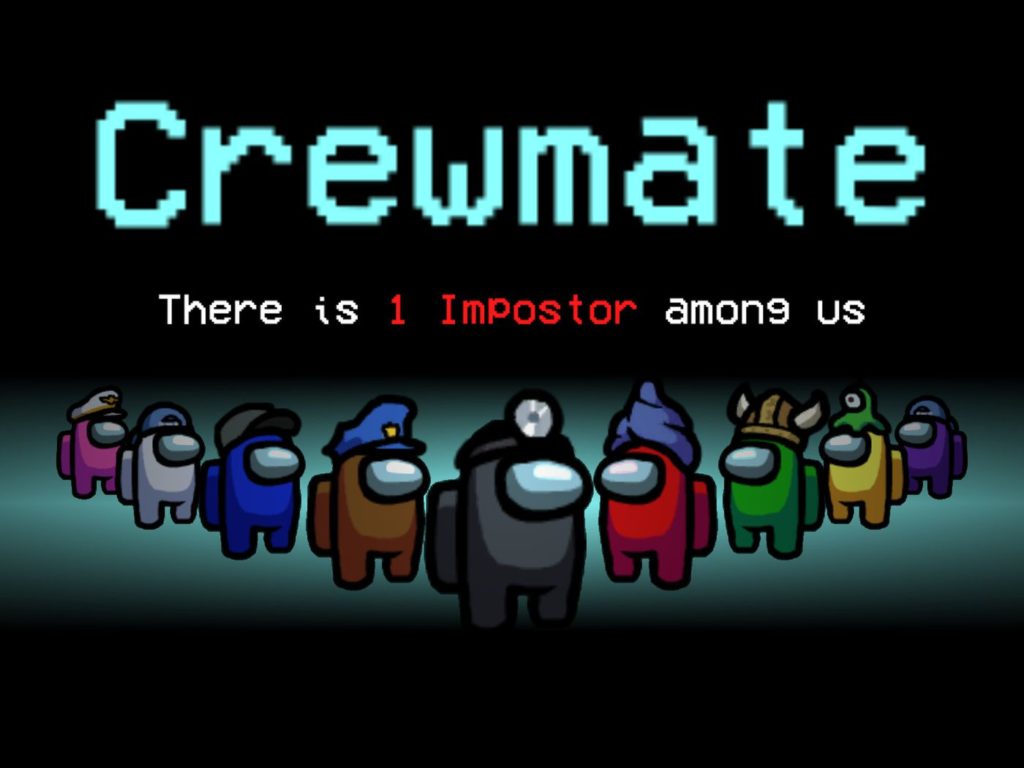
Social mobile games are a type of mobile game that includes social features, enabling players to interact with each other during gameplay via messaging and integrated social media. Game developers and marketers benefit from social mobile games’ ability to build a community and keep users engaged for longer, boosting ad revenue, and return on advertising spend (ROAS). Some essential features of these games include:
- Chat functionality to bring you closer to your fellow players
- Leaderboards and activity feeds where you get updates as to how your friends are doing.
- Social media integrations to your other apps
- Push notifications to ensure you constantly stay connected
- Clan and guild mechanics to make you feel like you’re part of a community
The Future of Mobile Gaming
It’s quite clear that mobile gaming isn’t going anywhere except up. The next question that occurs of course is – what comes next? Here are a few trends that are pushing the envelope.
Mergers and Acquisitions: How They’re Allowing The Biggest Game Companies to Find Their Footing in The Mobile Game Industry
In the past few years, mobile gaming has received a lot of attention from companies who’re looking to buff up their portfolios and profits. Since launch, Pokémon Go has generated $2.3 billion in revenue and Fortnite has amassed some 250 million players. Perhaps in an attempt to replicate such success, the first substantial investments in mobile gaming came from those who already had a stake in the industry. Tencent invested $90 million in Pocket Gems, gaming powerhouse Supercell invested $5 million in mobile game studio Redemption Games, Boom Fantasy raised $2 million from ESPN and the MLB, and Gamelynx raised $1.2 million from several investors.
The first investment from an arguably old-school enterprise came from Goldman Sachs, who invested $200 million in hyper-casual mobile gaming studio Voodoo. In July 2018, private equity firm KKR bought a $400 million minority stake in AppLovin and a year later, Blackstone announced their plan to acquire mobile ad-network Vungle for a reported $750 million. Take Two and Microsoft are also foraying into the mobile platform with their acquisitions. The former’s acquisition of Zynga lets them get their hands on cash generators like Farmville while also letting them learn how to make successful F2P mobile titles from a proven expert.
Cross-platform play is one of the hardest to achieve features a game can have. The differences in software architecture which different platforms such as Xbox, PlayStation, and PC have make creating ports for all of them simultaneously an onerous undertaking. It might also lead to one particular platform being favoured over others, such as in the case of Fortnite, where although there is a large player base for both console and mobile devices, the mechanics are easier on PC. For competitive play, Epic Games decided to create separate tournaments and lobbies to overcome these issues, but if you’re a console player looking to play with your PC friends, odds are your game will suddenly jump in difficulty. However, games like Genshin Impact have proven that cross-platform games when done right can increase your net revenue while also increasing your player base significantly. Perks like this can make cross-platform the new standard games aspire to, and increase mobile gamings’ already massive audience.
Technology like Cloud Gaming, AR, and 5G Make Mobile Gaming’s Future Bright
5G is shaping up to be a game changer for connectivity thanks to its faster speeds and higher data bandwidth. As a direct result of this, applications like cloud gaming, AR, and the like are looking increasingly viable for mobile devices.
Cloud gaming is expected to grow from 3 million active users in 2019 to 177 million active users by 2024. One of the biggest obstacles to playing immersive games with detailed graphics and worlds are the lack of processing power on mobile devices as compared to a PC or even a console. However, cloud gaming can help mitigate this. Many leading online gaming providers are planning live events – such as Travis Scott’s five-day concert event on Fortnite – and those kinds of experiences can be provided through the cloud as a result of the benefits developments in 5G have fostered. These include low latency and an increase in the bandwidth of networks.
Another kind of technology which has already demonstrated its rather amazing suitability for mobile devices is AR. Mobile phones are perfect for the kind of interactions AR requires. This is a result of significant improvements in hardware over the last decade, higher camera quality, and improved internet access. Verizon, Deutsche Telekom, EE, Globe Telecom, Orange, SK Telecom, SoftBank Corp. and TELUS have joined Niantic’s Planet-Scale AR Alliance, which has a mission to create “amazing real-world AR experiences that demonstrate the possibilities of 5G.” Several years down the line, Pokémon Go is still going strong and has seen tie-ups with major companies like Starbucks. It seems to merely herald a future where AR can layer a whole new dimension atop our existing reality.
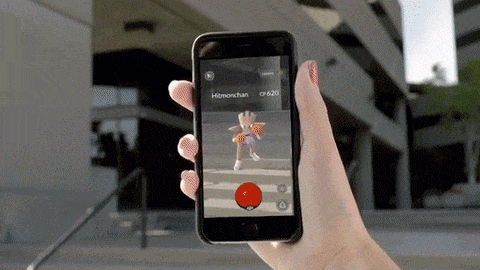
Finally, the mobile esports industry has boomed in recent years alongside traditional esports. Mobile esports viewers worldwide amounted to over 400 million in 2019. Of the most watched esports tournaments worldwide, the 2021 Free Fire World Series in Singapore drew in over five million peak viewers, while the PUBG Mobile Global Championship reported nearly four million peak viewers. The highest grossing mobile game worldwide as of 2021 was PUBG Mobile, the mobile version of the well-known battle royale game PUBG. In 2021, the global mobile gaming content market was worth $131.2 billion and is projected to reach $173.4 billion by 2026.
The Biggest Mobile Gaming Market: APAC
Mobile gaming is likely to skyrocket, especially in regions like Asia Pacific (APAC) where mobile phones are the most accessible devices for people to game on. By the end of 2021, the region had 1.62 billion gamers, or 55% of players worldwide, up from 1.2 billion gamers in 2019. Improved internet infrastructure and accessibility as well as technological literacy is on the rise in this region. A lot of the successful games in the region such as PUBG Mobile and Free Fire have set the global standard for in-game social features like game chat, friendlists, leaderboards, and PvP modes. APAC players were estimated to have spent $57.9 billion on mobile games in 2021. This is definitely a market for players in the mobile gaming industry to constantly keep an eye on.
We’ve come a long way from the likes of Snake and it seems unlikely that the growth of the mobile gaming industry will slow down any time soon. Gameopedia works with clients across the gaming industry on custom requests and can provide in-depth game data and insights for mobile games. Reach out to us for data that can power your business to new heights.

